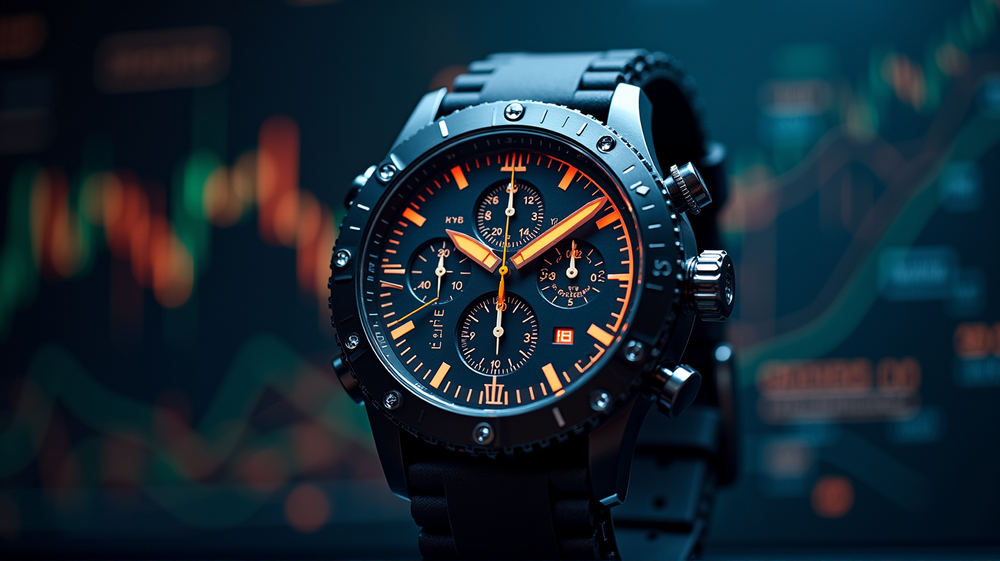The Initial Delight
When the OnePlus Watch 3 was first poised for its US release in April 2025, enthusiasts were thrilled by its promise as one of the top Android smartwatches of the year. Despite competition, it carved a niche, particularly with its impressive battery life and reliable Wear OS performance. Initially priced at $329, it offered an appealing alternative to other market leaders. However, this excitement was short-lived as customers were soon blindsided by a formidable price surge.
The Price Spike Unveiled
Shortly after its long-awaited launch, OnePlus discreetly upped the US price to a staggering $499 - a whopping 50% increase. Meanwhile, across the Atlantic, UK buyers enjoyed a reduction, highlighting sharp contrasts due to economic forces far beyond typical consumer demand and supply cycles.
Impact of Economic Turbulence
What could explain such a drastic price change? According to TechRadar, experts attribute the price rise to recent tariffs affecting products imported from China. This has disproportionately impacted the U.S., riding on the back of escalating trade tensions that have seen tariff hikes reaching as high as 145% in some cases.
The ramifications are widespread and alarming, with clear ripple effects surfacing across technology sectors. Razer has already retracted select laptops from the U.S. market, joining a growing list of companies reevaluating their U.S. operations amid relentless tariff uncertainties. The prognosis for affordable smartwatches is grim, with many worried about the adverse effects on innovation and pricing.
The Broader Market Implications
The implications are multifaceted, raising questions about the sustainability of smaller tech ventures as giants like Apple and Google, possibly more equipped to weather economic storms, may seize more market share. Moreover, if major brands adjust their prices in response, consumers might soon find smartwatches uniformly exorbitant regardless of brand allegiance.
Strategies for Coping
To navigate these turbulent waters, companies might seek out manufacturing bases with less punitive tariffs, as seen with Apple’s preemptive imports from India. The OnePlus scenario presents a microcosm of broader challenges facing tech manufacturers today.
Conclusion: A Future Clouded by Uncertainty
Ultimately, a \(329 device now costing \)499 is a potent reminder of the volatile intersection of technology and policy. The fate of wearables like the OnePlus Watch 3 is intricately tied to the international economic landscape, making affordable innovation an elusive dream. As the dust settles, consumers and corporations alike will watch intently, hoping for breakthroughs or, at the very least, stability in the not-so-distant future.













